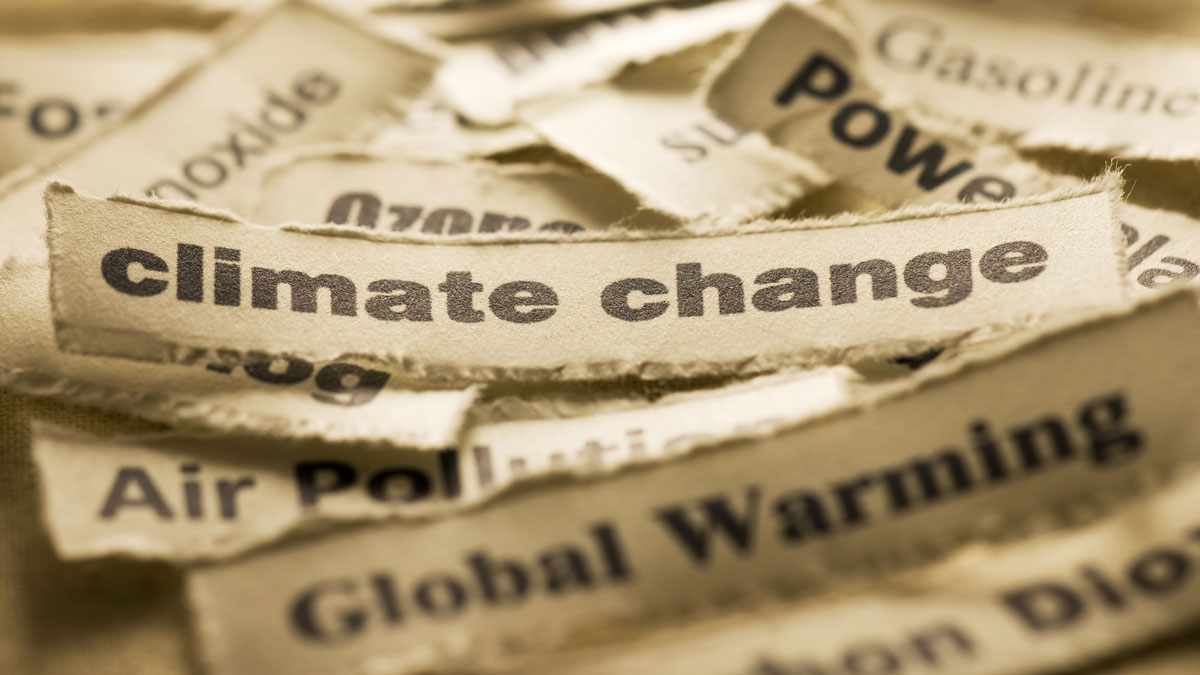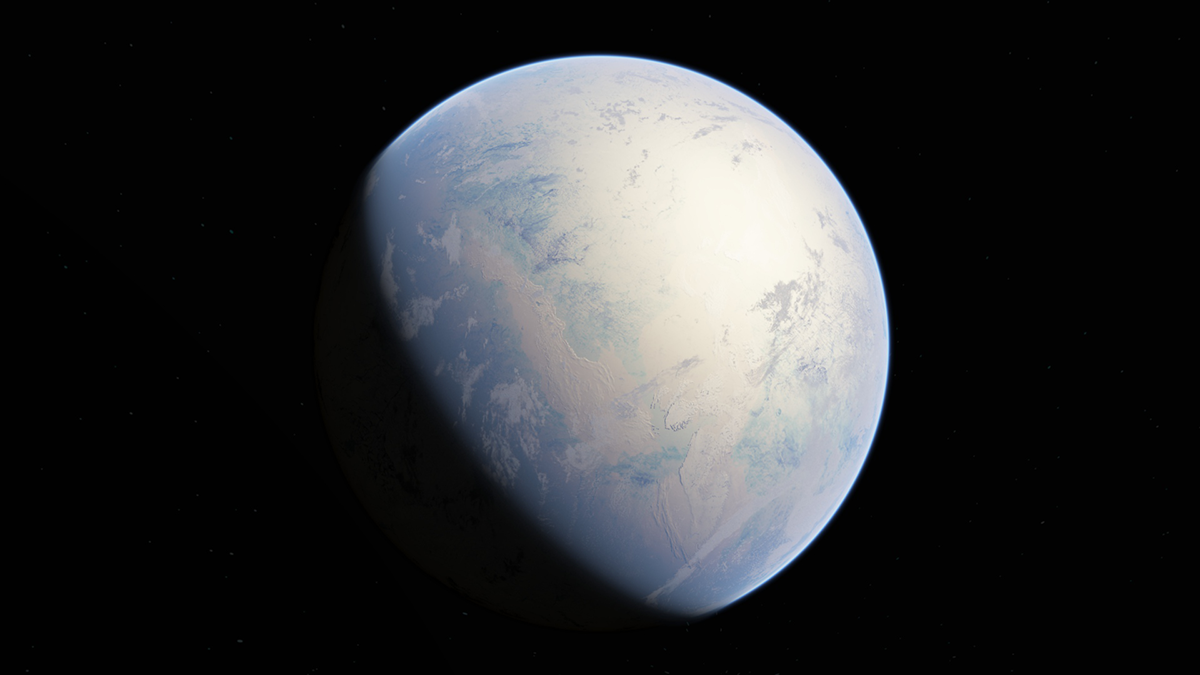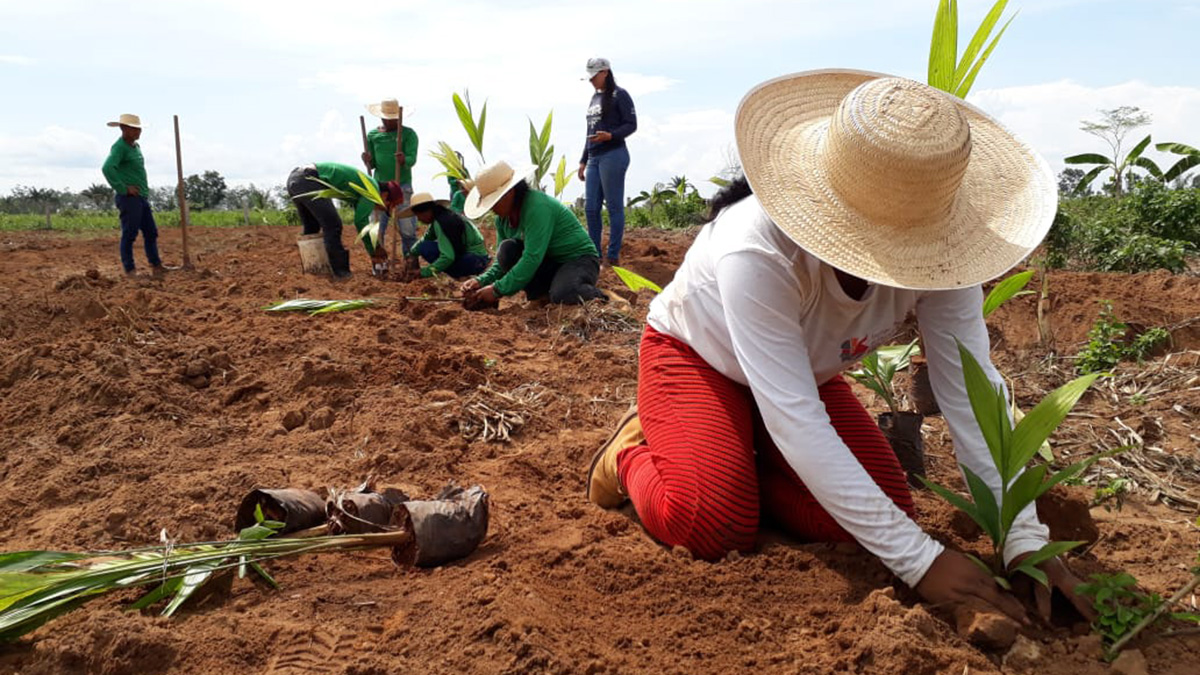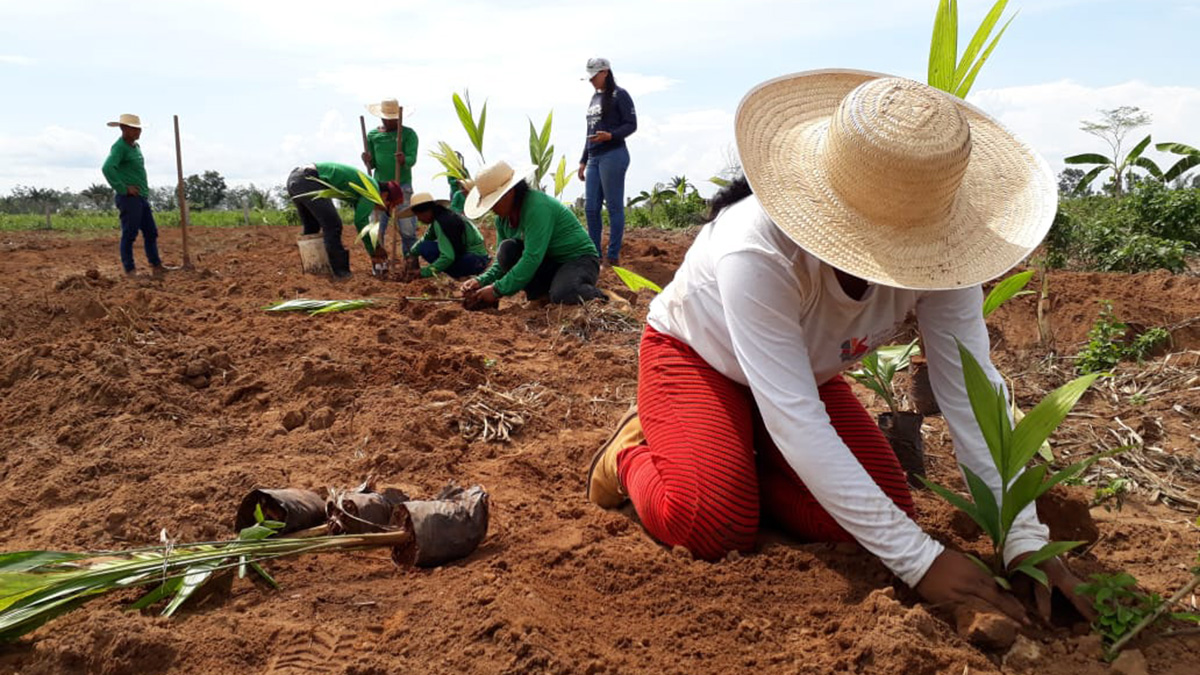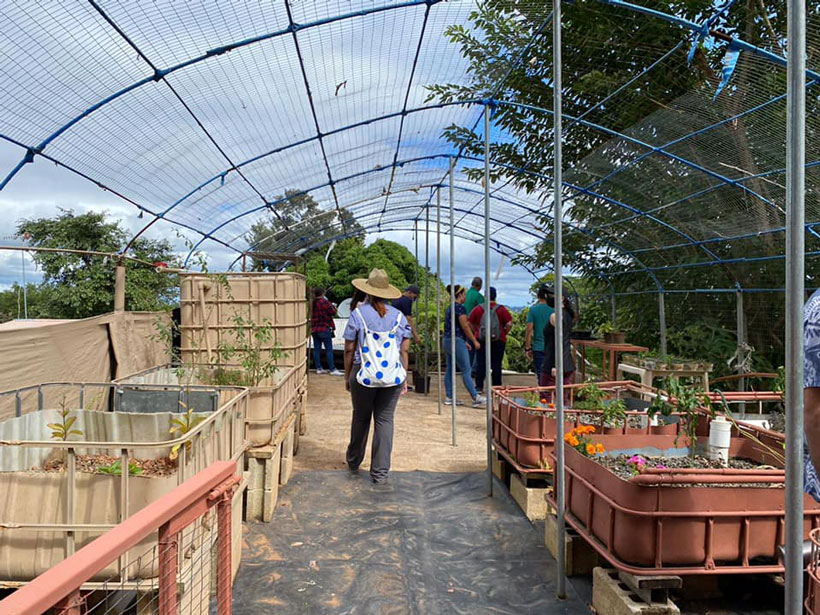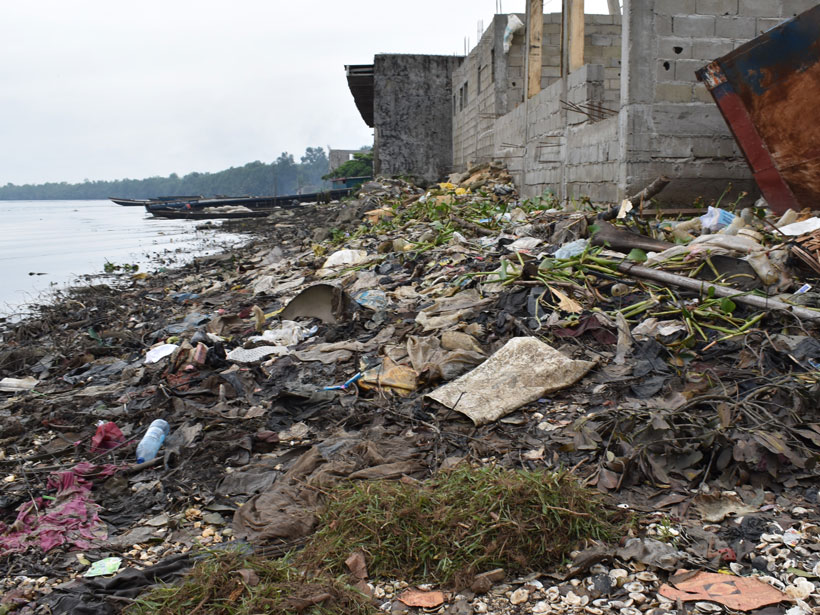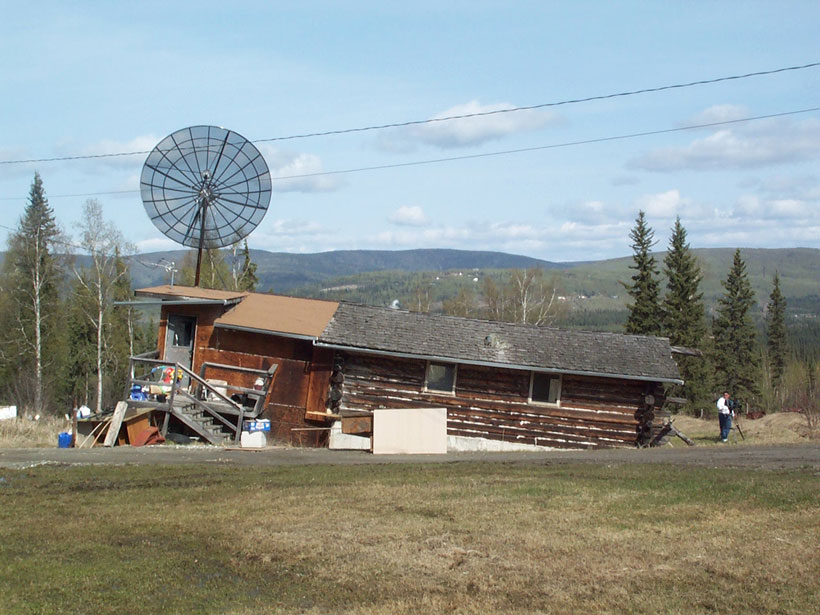Current approaches for deciding what science is covered in the media portray only a narrow slice of climate change research and aren’t well suited for stoking climate action.
Covering Climate Now
How Animals May Have Conquered Snowball Earth
We know there were animals during Earth’s chilliest era. The question is, What did they look like?
El conocimiento tradicional es esencial para la sustentabilidad en el Amazonas
Durante la COP26, el Panel Científico por la Amazonia enfatiza la necesidad del conocimiento indígena y local para orientar las recomendaciones científicas y políticas.
Traditional Knowledge Is Essential to Sustainability in the Amazon
At COP26, the Science Panel for the Amazon is emphasizing the need for Indigenous and Local Knowledge to inform scientific and policy recommendations.
Kelp’s Carbon Sink Potential Could Be Blocked by Coastal Darkening
Coastal darkening, an environmental threat researchers are only beginning to study, is found to dramatically reduce the productivity of kelp.
Puerto Rico Adapts to a Changing, Challenging Environment
The Caribbean is ground zero for some of the biggest impacts of climate change today. Puerto Ricans are building innovative initiatives to protect and prepare their communities for what’s next.
Rising Sea Levels Bring a Tidal Change to Tourism
A series of industry posters reimagines iconic locales in light of sea level rise and issues a call for action against climate change.
Cameroon’s Mangrove Forests Are Choking on Plastics
Rapid urbanization and insufficient waste management are threatening the environmentally and culturally vital Wouri Estuary. Solutions are needed to save these and other mangroves around the world.
Many U.S. Cities Severely Underreport Their CO2 Emissions
Although unintentional, these errors may undercut local government efforts to tackle climate change.
Mapping the People, Places, and Problems of Permafrost Thaw
By combining demography data with permafrost maps, researchers provide a first count of the population on permafrost and predict its imminent decline.

